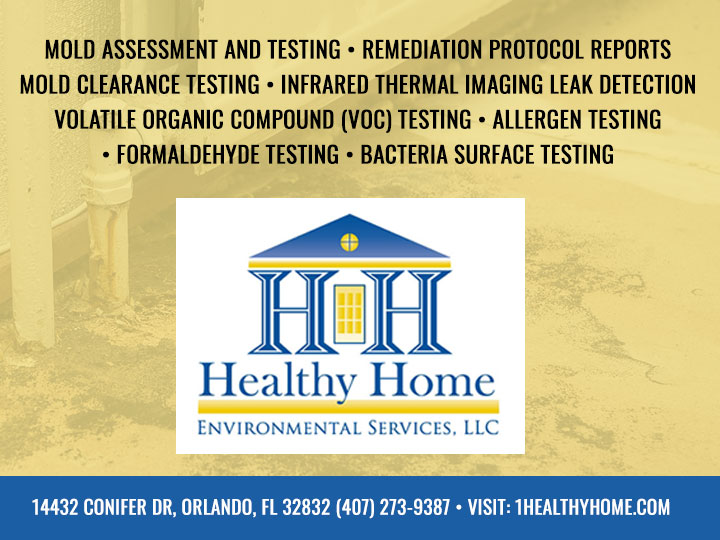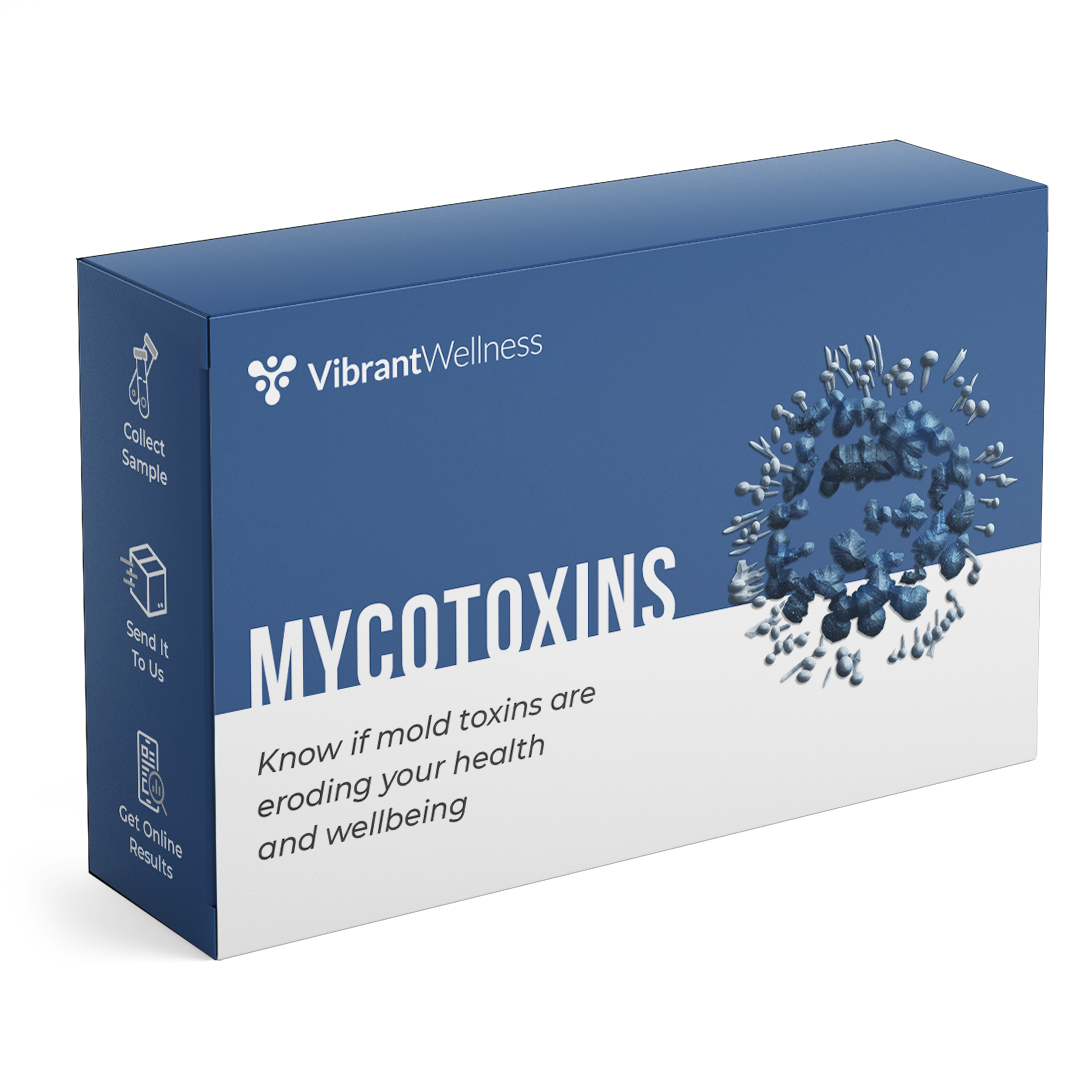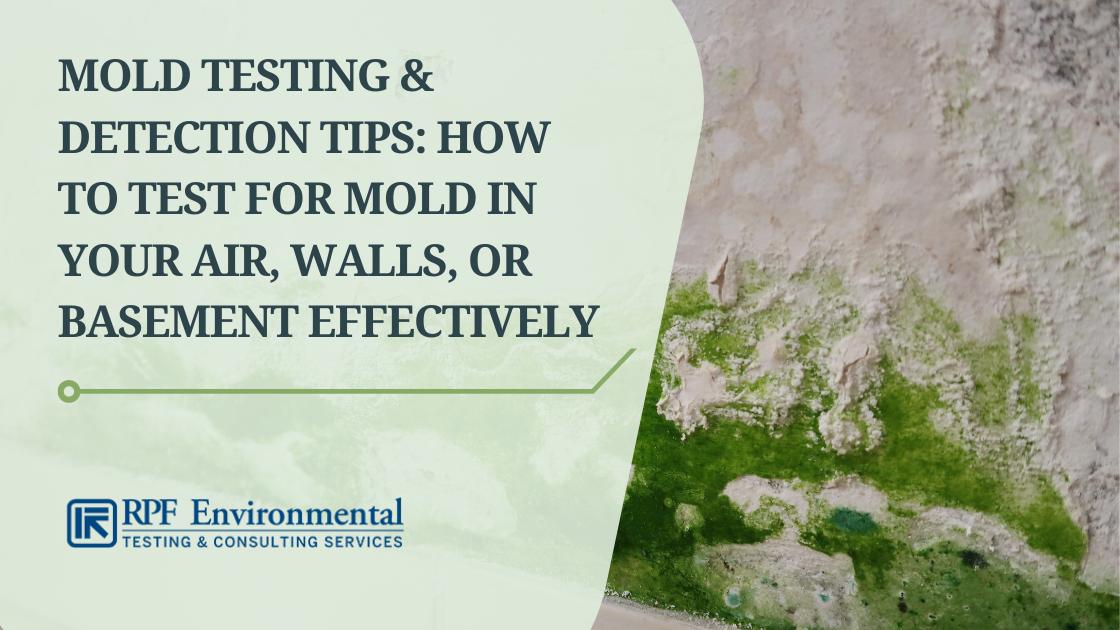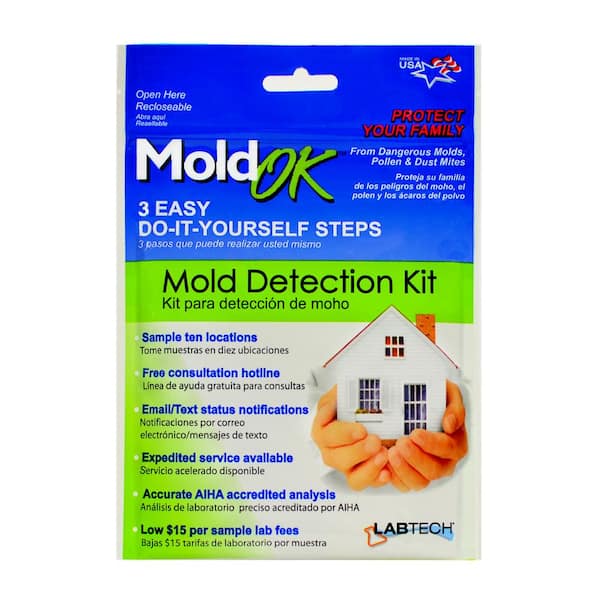Mycotoxin testing Services: A Trick Part in Threat Administration Methods
Why Mycotoxin Testing Providers Are Crucial for Protecting Public Health
The significance of mycotoxin testing services in safeguarding public health can not be overstated. Mycotoxins, toxic substances created by fungis, position serious health and wellness risks such as liver damage and cancer cells when present in food and feed.
Understanding Mycotoxins
Understanding mycotoxins is crucial for guaranteeing food safety and security and securing public health and wellness. Mycotoxins are hazardous compounds produced by specific kinds of fungis, frequently discovered in food and feed crops. These fungi can multiply in a range of conditions, especially in damp and warm environments, leading to contamination during pre-harvest, storage space, or processing stages. One of the most common mycotoxins consist of aflatoxins, ochratoxin A, fumonisins, and trichothecenes, each with unique chemical structures and toxicological buildings.
The visibility of mycotoxins in foods can endanger their security and high quality. They are immune to standard food processing strategies, thus continuing the food supply chain and presenting prospective risks. Regulatory bodies worldwide, such as the Food and Agriculture Company (FAO) and the World Wellness Company (WHO), have actually set rigorous limits on acceptable degrees of mycotoxins in food to mitigate their adverse results.
Reliable mycotoxin administration involves comprehensive surveillance and screening to discover and evaluate their levels in agricultural items. This proactive technique helps in determining infected sets early, thereby avoiding their intro into the market. Implementing strict mycotoxin controls is necessary for keeping food safety criteria and protecting consumer health and wellness.
Wellness Risks of Mycotoxins

Exposure to mycotoxins presents substantial health and wellness threats to both human beings and animals, requiring watchful tracking and control actions. In human beings, mycotoxins such as aflatoxins, fumonisins, and ochratoxins can create a range of unfavorable results, consisting of liver damage, kidney poisoning, immune reductions, and also cancer causing effects.

Offered these severe wellness repercussions, it is necessary to execute robust mycotoxin testing procedures. Accurate discovery and quantification of mycotoxins in food and feed are vital to minimize wellness dangers and ensure public and animal safety and security.
Common Sources of Contamination

Along with grains, nuts such as peanuts, almonds, and pistachios are extremely vulnerable to mycotoxin contamination. Aflatoxins, a potent kind of mycotoxin, are typically located in these nuts, especially when storage space conditions are suboptimal. Dried fruits, consisting of apricots, figs, and raisins, also existing productive premises for fungal growth as a result of their high sugar material and moisture-retaining buildings.
Moreover, contamination is not restricted to raw farming items. Processed foods, animal feeds, and milk items can additionally consist of mycotoxins if the first components were polluted. This expands the risk of exposure throughout the food supply chain, requiring rigid surveillance and control measures.
Comprehending the typical resources of mycotoxin contamination is essential for carrying out reliable preventative approaches. Mitigating these risks at the resource can dramatically reduce the occurrence of mycotoxin-related wellness concerns, securing public health and wellness.
Evaluating Techniques and Methods
Reliable mycotoxin management pivots on the accuracy and integrity of screening approaches and methods. Advanced logical strategies are used to detect and quantify mycotoxins in various substratums, ensuring public wellness safety and security. see this page High-Performance Fluid Chromatography (HPLC) paired with mass spectrometry (MS) is a gold criterion in mycotoxin screening, providing high sensitivity and specificity. This method permits for the exact discovery of numerous mycotoxins in intricate matrices, such as food and feed items.
Another extensively utilized method is Enzyme-Linked Immunosorbent Assay (ELISA), which supplies rapid screening and is cost-effective for huge sample volumes - Mycotoxin testing Services. ELISA sets are beneficial due to their simplicity of use and fast turnaround time, making them suitable for on-site screening
Sampling methods are similarly vital. Appropriate sampling makes certain that the gathered specimens are depictive of the entire set, thereby minimizing the threat of false downsides or positives. Adherence from this source to established standards, such as those provided by the International Company for Standardization (ISO) and the European Board for Standardization (CEN), is necessary for maintaining uniformity and dependability throughout testing techniques.
Strenuous validation of these methods and protocols is vital. It makes sure reproducibility and precision, thus fortifying the honesty of mycotoxin monitoring systems.

Benefits of Regular Examining
In the world of food safety and farming high quality control, the benefits of normal mycotoxin testing can not be overemphasized. Constant testing ensures that agricultural items meet safety criteria, consequently shielding customers from the damaging effects of mycotoxins, that include liver damage, immune reductions, and also cancer. By identifying infected batches early, regular screening permits timely treatment, avoiding such items from entering the food cycle.
Moreover, routine mycotoxin screening is critical for preserving the integrity and track record of food producers and providers. Companies that commit to regular screening demonstrate their commitment to public wellness and food safety, thus obtaining customer count on and commitment. This aggressive approach can likewise alleviate economic losses connected with product recalls, lawful liabilities, and potential trade limitations.
In addition, regulatory compliance is a substantial facet of the agricultural market. Routine mycotoxin screening makes certain adherence to national and international guidelines, promoting smooth profession procedures and market access. This is especially important for merchants that have to satisfy stringent safety standards imposed by importing countries. Ultimately, regular mycotoxin testing not just shields public wellness yet additionally strengthens the financial security and international competition of the agricultural industry.
Verdict
Mycotoxin screening solutions play a crucial function in public health and wellness protection by recognizing and alleviating the dangers visit posed by toxic fungal compounds in food and feed. By spotting contamination early, these solutions stop major wellness problems such as liver damage and cancer cells, ensuring conformity with regulative standards. Normal testing boosts consumer trust fund, supports the honesty of the farming market, and ultimately adds to the protecting of food safety and security and public health and wellness.
The value of mycotoxin testing solutions in protecting public health and wellness can not be overstated.Comprehending mycotoxins is important for making certain food security and shielding public health. Mycotoxin testing Services. Governing bodies worldwide, such as the Food and Farming Organization (FAO) and the Globe Health And Wellness Organization (THAT), have actually set rigid limits on appropriate levels of mycotoxins in food items to minimize their unfavorable impacts
Inevitably, regular mycotoxin testing not just shields public health but also fortifies the economic security and international competitiveness of the agricultural market.
Mycotoxin testing solutions play a vital duty in public health security by determining and minimizing the threats posed by hazardous fungal substances in food and feed.